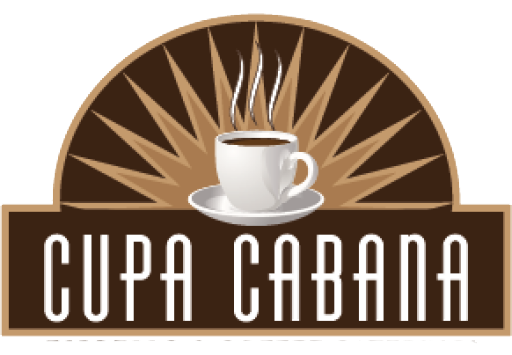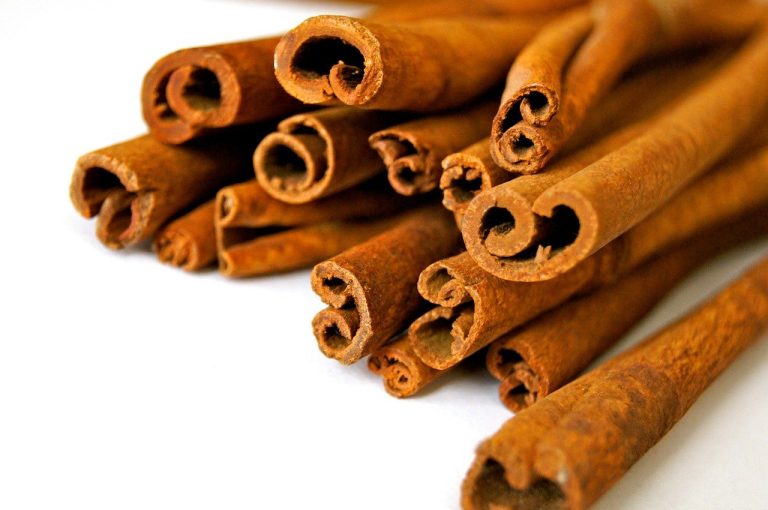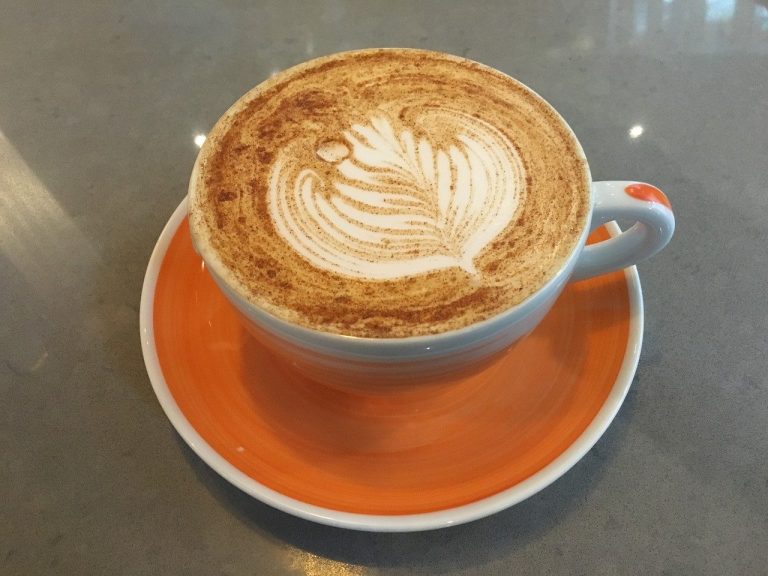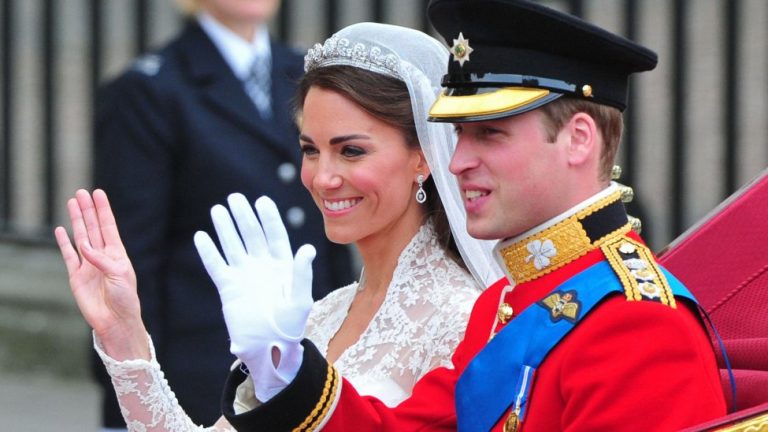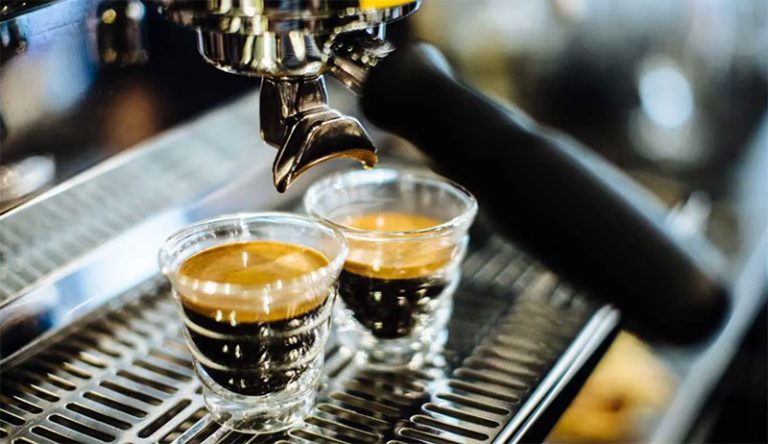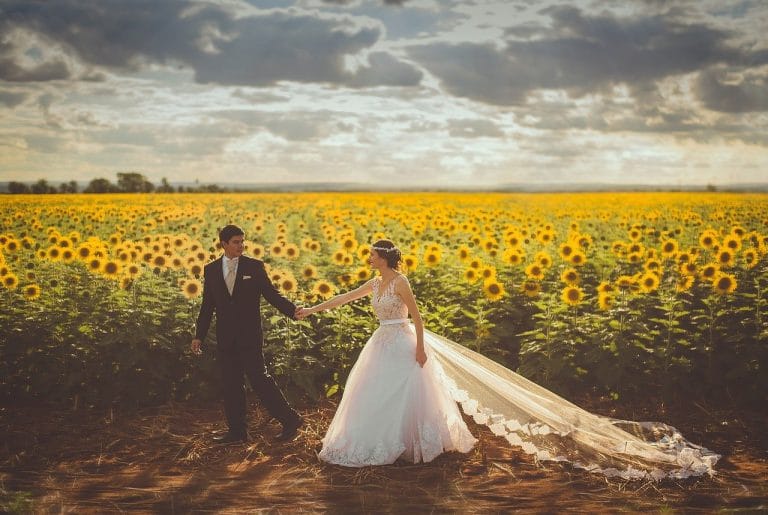Maybe you’re reading this with a cup of coffee in your free hand or while you wait for a friend at your favorite café. Either way, coffee drinkers, we’ve come to realize, enjoy their rituals.
In doing so, though, our experiences can become very focused. So we thought it may be fun to pan back a little for a broader perspective. After all, you wouldn’t dare confront a day without the promise of a cup of coffee. But how much do you really know about it or anyone else who craves it the way you do?
Where we fit in
With cafés on most downtown corners (and plenty others in between), we are a society obsessed with coffee. And the most recent annual survey by the National Coffee Association and the Specialty Coffee Association of America backs that up. More than half of Americans over the age of 18 drink coffee every single day, according to the survey. That equates to about 150 million people.
Impressive as that amount may sound, it ranks us only eighth in the world in terms of coffee consumption per person. Finland is actually considered the world’s most caffeinated country. The average adult Finn goes through about 27.5 pounds of coffee over the course of a year, according to the International Coffee Organization. Which makes the 11 pounds each of us Americans drink annually sound kind of puny.
Rounding out the top five, if you’re interested: Sweden, Switzerland, Germany, and France.
Our daily preferences
We’re drinking most of our coffee (65 percent of it) in the morning. And American women and men tend to drink the same amount: 3.2 cups of coffee a day. (If that sounds a little high, we’re assuming that about eight ounces, or the size of a Starbucks Short, is the size of a standard cup.)
But that’s where the common ground ends, apparently. Most women said they drink coffee as a means to help them relax, whereas men appreciate the boost to their productivity it gives them.
We’re also divided on how we take our coffee. About a third of survey responders said they prefer theirs black. Everyone else likes something in it.
What’s in a bean?
While it may seem like every café has its own kind of beans that have been harvested (humanely, of course) from some exotic corner of the world you never would have known about otherwise, there are, in fact, only two types of beans: Arabica, which comprise about 60 percent of the world’s coffee production, and Robusta, which accounts for the other 40 percent.
Arabica beans come from large but delicate bushes that grow at elevations of 600 to 2,000 meters above sea level. The hardier Robusta bush grows from sea level to about 800 meters above it.
Almost all of the world’s supply of coffee comes from Central and South America, Asia, and Africa. (Though, Hawaii also grows coffee. California recently got in on it, too.) But much of our coffee can be traced to Brazil, which produces about a third of the world’s supply, according to the International Coffee Organization, or about twice as much as the runner-up, Vietnam.
Strange (corny, even) as it may sound, coffee is one of the few threads that cuts across national boundaries and cultural divides. As a world commodity, it’s second only to oil. In other words, you’re in good company.
